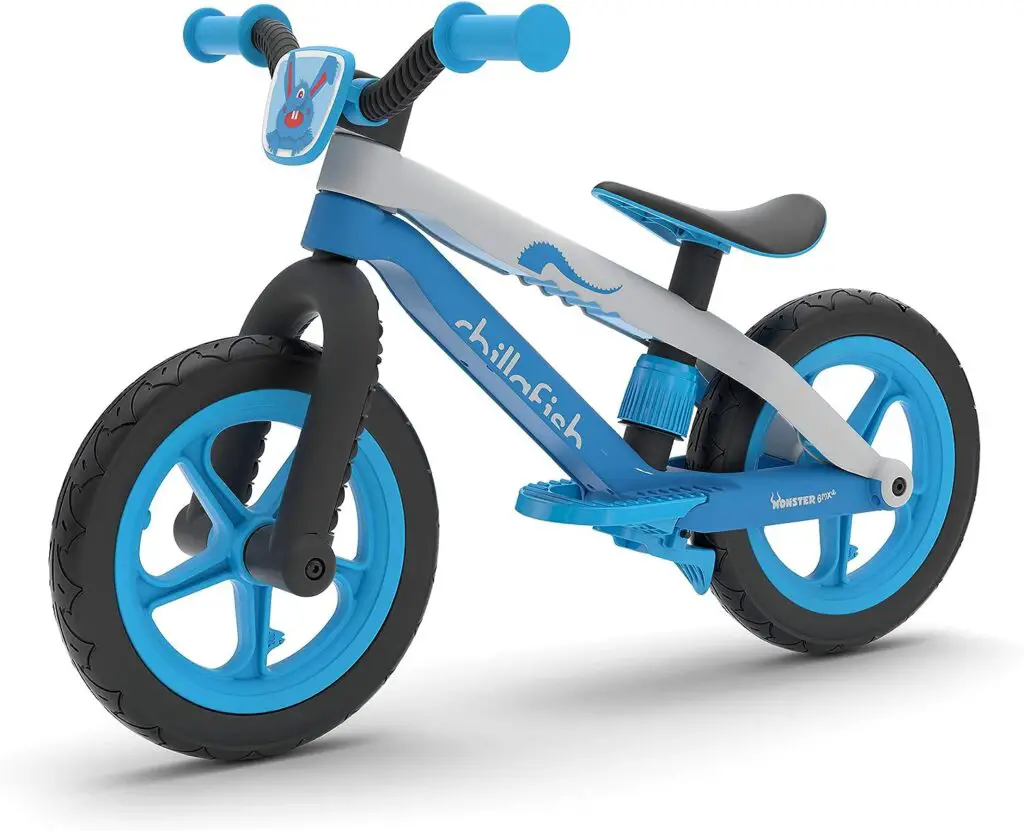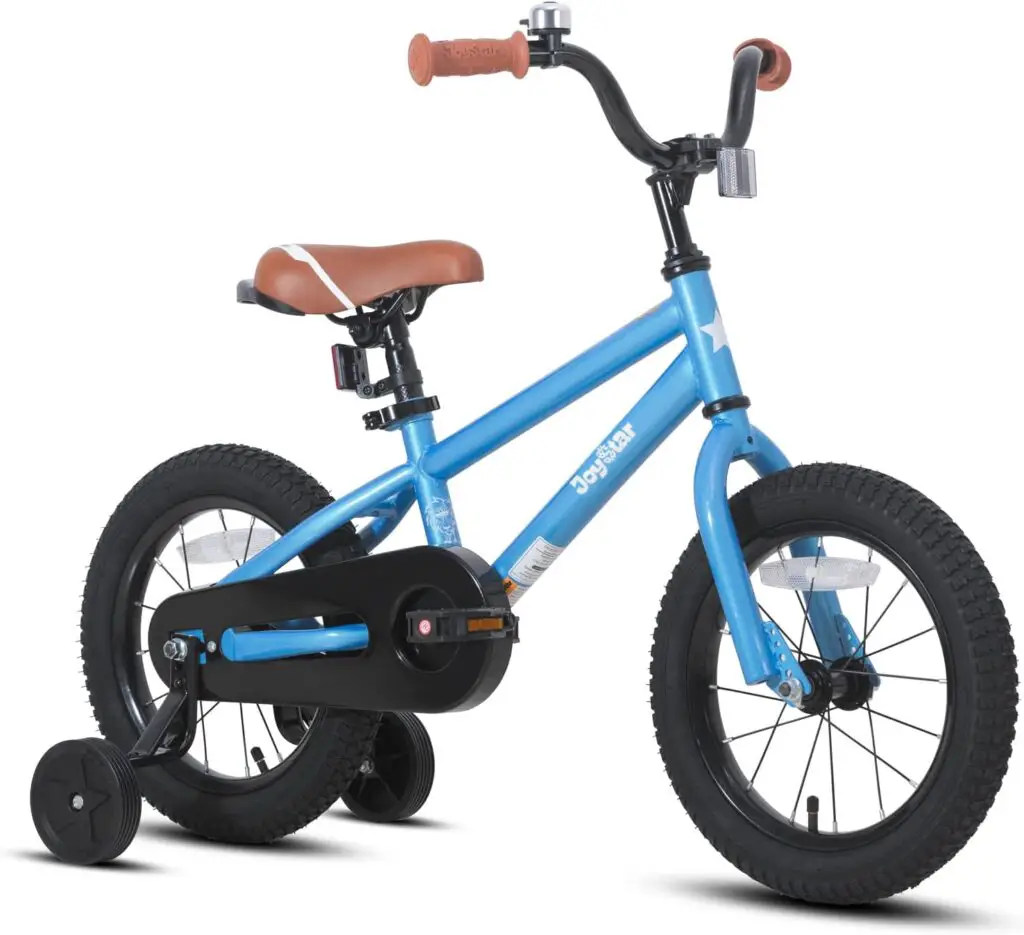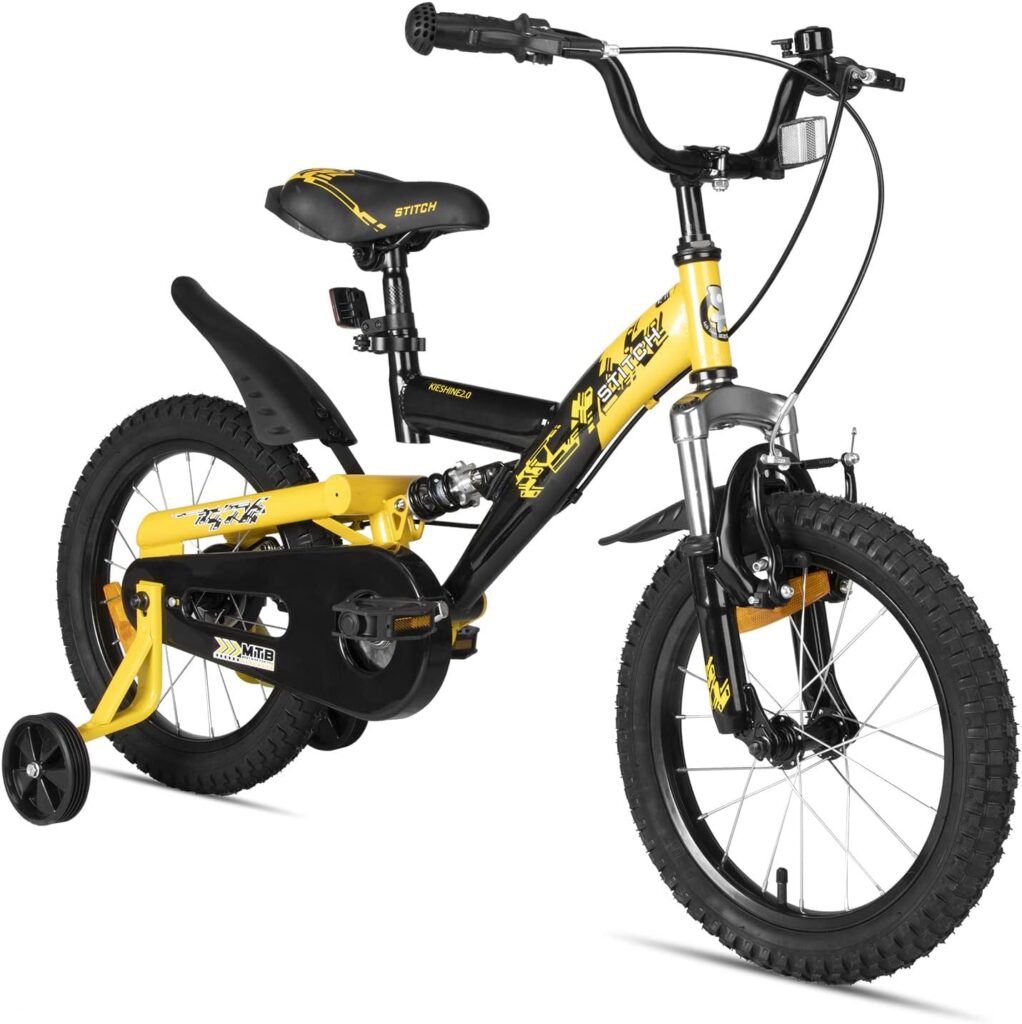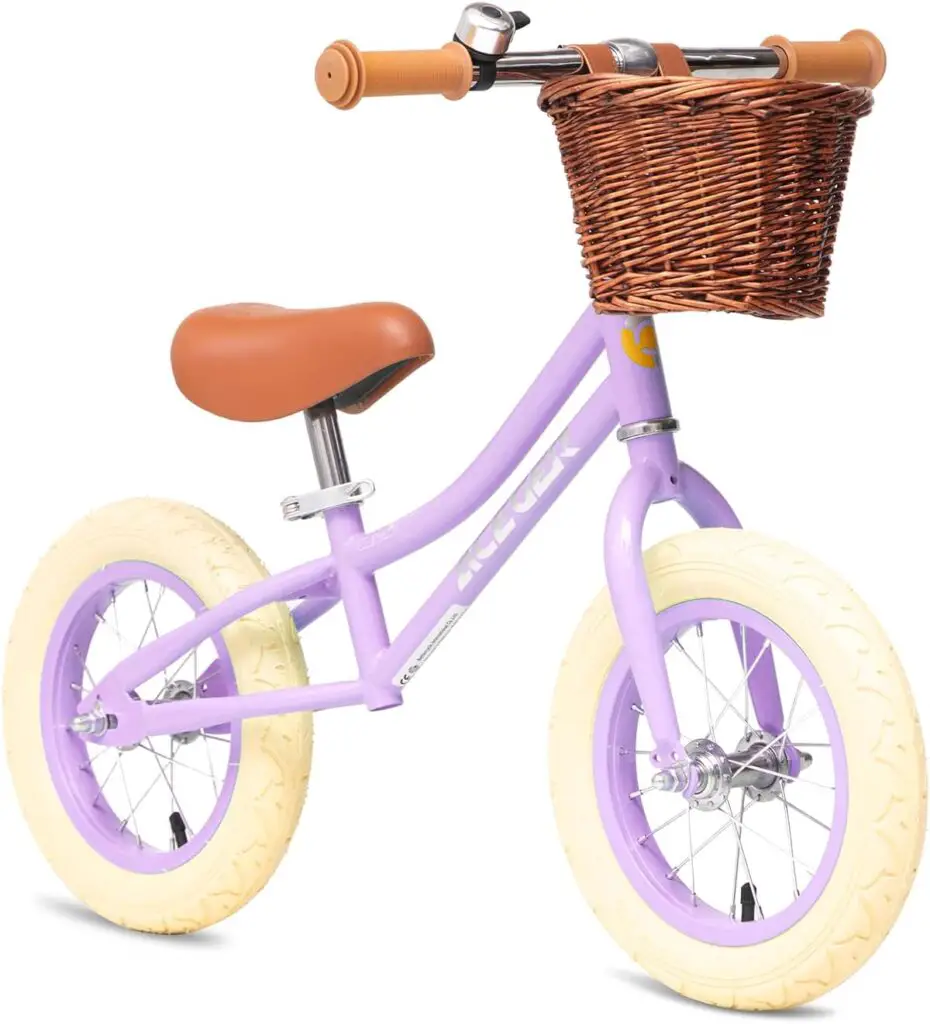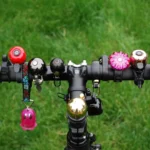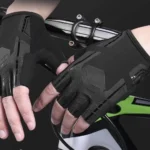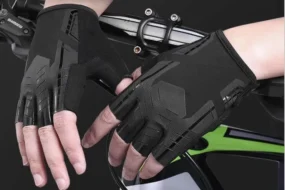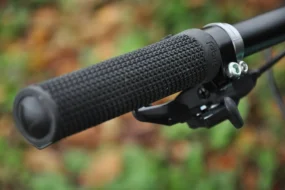
Learning how to ride a bike marks a significant milestone in a child’s life. This achievement holds a crucial place in their physical and psychological growth. Many parents often inquire about the suitable age for their child to commence bike riding and the most appropriate bike model according to their skill level. We’re here to provide you with all the answers you seek.
Table of Contents
Are there any regulations on the age at which the child can start cycling?
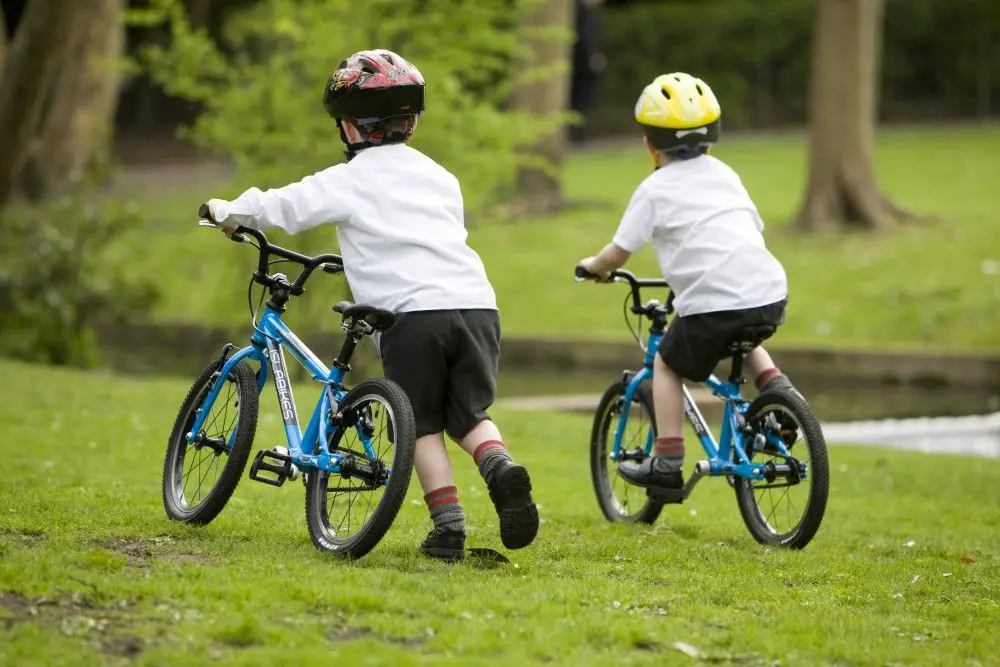
Official regulations concerning the commencement of bike riding for children are absent. The timeline hinges on individual attributes such as the child’s physical prowess and coordination skills. Nonetheless, a prudent suggestion is to await approximately 3 years before introducing a child to their inaugural bike. Around this juncture, children often exhibit the capacity to maintain equilibrium on a draisienne, indicating their readiness for pedaling instruction. Hastening a child onto a bike prematurely is fruitless if their aptitude for balance remains undeveloped.
Importantly, it’s worth noting that regulations do exist for transporting children on adult bicycles to ensure their safety.
What are the different types of children’s bikes?
Numerous varieties of children’s bikes cater to diverse ages and skill stages. The principal types of bikes suitable for 3-year-olds encompass:
- Draisienne: A draisienne, a pedal-free mini bike, aids children in mastering balance. Using their feet to navigate fosters self-assurance before advancing to pedaling. This draisienne has emerged as a favored choice among young cyclists.
- VTC Children’s Bikes: Versatile in nature, these bikes feature pedals, serving well for urban and open-road ventures. They can be classified into two primary categories:
- Small-wheeled bicycles, commonly referred to as “heavy bikes,” historically compensate for bike weight, not facilitate learning. Bicycles equipped with stabilizing wheels aid children in balancing, while fostering pedal and brake skills. Despite these advantages, roller bikes are ill-suited for teaching children bike riding due to their counterproductive impact on balance development.
Though roller bikes grant autonomy, they overly emphasize pedaling, disregarding the fundamental skill of balance crucial for cycling. This highlights the draisienne’s significance in this context. While wheels maintain a cultural legacy, it’s time to challenge this tradition and embrace more effective approaches to instructing 3-year-olds in bike riding. - Lightweight bikes: consider weight a pivotal factor when aiming to simplify a child’s bike riding initiation. Lightness correlates with ease. Contrastingly, heavy bikes, which might equal or even surpass your child’s weight—roughly 2/3 of their weight at the age of 3—prove inconvenient and unwieldy. An optimal choice involves 14″ or 16″ kids’ bikes, ideally under 6 kg in weight. Similarly, 20-inch children’s bicycles should weigh less than 9 kg for utmost comfort and practicality.
- Small-wheeled bicycles, commonly referred to as “heavy bikes,” historically compensate for bike weight, not facilitate learning. Bicycles equipped with stabilizing wheels aid children in balancing, while fostering pedal and brake skills. Despite these advantages, roller bikes are ill-suited for teaching children bike riding due to their counterproductive impact on balance development.
- BMX: Tailored for jumps and tricks, BMX bikes are compact and ideal for kids’ initial ventures. Their small size and agility render them popular choices. Navigating them is effortless, necessitating minimal strength due to the single-speed structure.
- VTT: Engineered for rugged terrains, mountain bikes offer superior stability compared to road bikes. Given their weightiness, they’re best reserved for children truly dedicated to specialized riding. This recommendation applies specifically to those aged 6 or 7 and above, as handling these bikes demands increased maturity.
Irrespective of the chosen bike model, selecting the correct size for your child holds paramount importance. Measure your child’s dimensions and then cross-reference these measurements with the manufacturer’s guidelines.
Focus on the draisienne
Lightweight and highly maneuverable, draisienne bikes are optimal for children aged 2 and above. These bikes facilitate balance skill progression prior to transitioning to pedal bikes. Employing a draisienne fosters gentle body weight shifts between legs, bolstering balance. This practice also imparts steering finesse, velocity control, and the art of transitioning between stillness and motion.
What are the advantages of a draisienne vs. a roller bike?
Draisienne bikes surpass roller bikes in several advantageous aspects. Here are key benefits worth highlighting:
- Balance Development: Draisienne bikes offer a crucial advantage by nurturing balance development in children as young as 18 months. These bikes prompt kids to find balance through foot-propelled movement, a skill pivotal for transitioning to pedaling. Enhanced balance from draisienne use facilitates smoother pedaling acquisition.
- Lightweight Maneuverability: Draisienne bikes, being lighter than roller bikes, grant children heightened maneuverability. Children can effortlessly propel or carry their draisienne whenever necessary.
- Simplicity and Focus: Draisienne bikes boast simplicity, which translates to ease of use for children. Absent pedals, kids can singularly focus on balance and coordination, simplifying the learning process.
- Affordability: Draisienne bikes tend to be more budget-friendly compared to roller bikes. This affordability factor increases accessibility for parents aiming to economize.
In the comparison between draisienne and roller bikes, the draisienne emerges as a versatile, cost-effective, and effective choice for fostering foundational bike skills in young children.
What’s the right budget for a child’s bike?
The cost of a 3-year-old’s bike hinges on the bike type and desired quality. Draisienne bikes typically offer the most economical option, spanning 70 to 190 dollars. VTC bikes, on the other hand, are pricier, ranging from 100 to 650 dollars.
Emphasizing quality is paramount when selecting a bike, ensuring longevity and resilience against tumbles and impacts. Prioritizing a well-constructed bike contributes to sustained enjoyment over years.
How to teach your child to ride a bike?
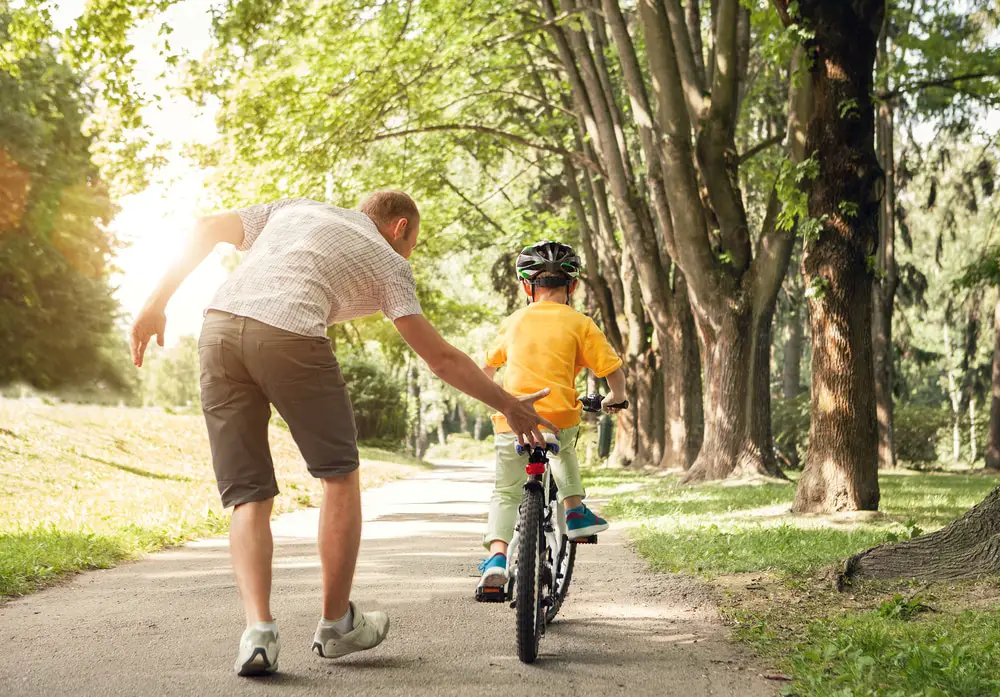
An array of exercises can aid your child’s bike riding journey. Here are pivotal exercises to consider:
- Balance Mastery: Prior to progressing to pedal bikes, prioritize teaching your child to maintain balance. Utilize draisienne bikes for this purpose, facilitating your child’s ability to stand and retain equilibrium. Holding the bike saddle while your child propels with their feet instills added confidence.
- Effective Braking: Proficiency in braking is essential before transitioning to pedal bikes. Teach your child proper braking using feet, slowing down both draisienne and pedal bikes.
- Turning Proficiency: Turning necessitates bike tilting in desired directions. Enhance turning skills by guiding your child in circular motion around you, steering through bike handles.
- Safe Practice Venue: Select secure practice zones like parks or unoccupied playgrounds, steering clear of high-traffic zones such as streets or parking lots. Creating a secure environment bolsters confidence and minimizes risks.
- Avoid Stabilizer Wheels: Focus on balance development if your child requires more confidence. Balance is a prerequisite to pedaling. Stabilizer wheels may enable pedaling but don’t contribute to balance. Here, a lightweight bike becomes crucial for assistance.
- Patience Prevails: The bike riding learning curve can be challenging for both children and parents. Patience is key—encourage persistence despite mistakes, fostering a supportive learning atmosphere.
To Sum Up
While there isn’t a fixed age for initiating bike riding lessons, your child’s physical and cognitive capabilities should guide your decision. Draisiennes serve as invaluable aids for balance development. Regardless of bike type, prioritize imparting fundamental skills in this sequence: balance, pedaling, and braking. Conduct practice sessions in secure environments for optimal learning.
You might like also: Bikepacking With Your Kids


